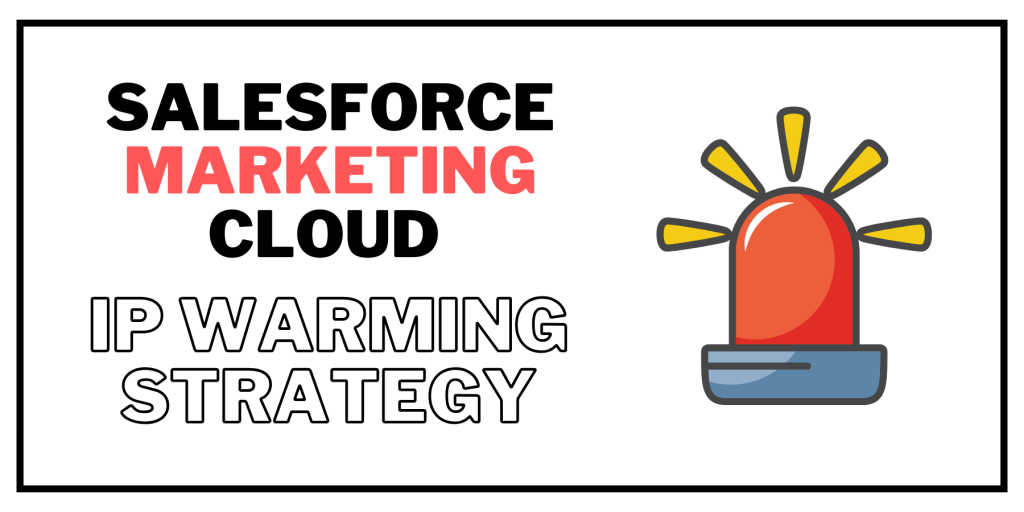
Why Salesforce Marketing Cloud IP Warming is Essential
Salesforce Marketing Cloud IP Warming is essential because it helps establish a trusted relationship with ISPs. When you start sending emails from a new IP address, ISPs are cautious and monitor the email volume and engagement rates closely. Without proper IP warming, there’s a high risk of emails being marked as spam or getting blocked entirely. Effective Salesforce IP Warming ensures:

- Better Deliverability: Gradually increasing email volume helps in building a good sender reputation, leading to higher deliverability rates.
- Reduced Bounce Rates: A well-warmed IP reduces the chances of emails bouncing back due to being flagged as spam.
- Improved Engagement: Ensuring your emails reach the inbox improves open and click-through rates, fostering better customer engagement.
Steps for Effective Salesforce Marketing Cloud IP Warming
To successfully implement Salesforce Marketing Cloud IP Warming, follow these steps:
1. Initial Assessment
Start by assessing your current email sending practices and the volume of emails you plan to send. Ensure that your email lists are clean and up-to-date to avoid high bounce rates.
2. Gradual Increase in Volume
Begin with a low volume of emails and gradually increase the number over several weeks. Typically, the process spans 4-8 weeks, depending on your total email volume.
3. Monitor Engagement
Keep a close eye on engagement metrics such as open rates, click-through rates, and bounce rates. Positive engagement signals help in building a good sender reputation.
4. Adjust Based on Feedback
If you notice any issues, such as high bounce rates or low engagement, adjust your sending strategy. This might involve pausing the warming process or cleaning your email list further.
5. Consistent Sending Schedule
Best Practices for Marketing Cloud IP Warming
To ensure the success of your IP Warming process, follow these best practices:
- Segment Your Audience: Start by sending emails to your most engaged subscribers. These users are more likely to open and interact with your emails, sending positive signals to ISPs.
- Quality Content: Ensure that the content of your emails is relevant and valuable to your subscribers. High-quality content leads to better engagement rates.
- Authentication Protocols: Implement email authentication protocols such as SPF, DKIM, and DMARC. These protocols help in verifying your emails and reduce the chances of them being marked as spam.
- Regular Monitoring: Continuously monitor your email performance metrics. Tools within Salesforce Marketing Cloud can help you track and analyze these metrics effectively.
For tips on budgeting and pricing, check out Salesforce Marketing Cloud Pricing and for coding personalized emails, see Salesforce Marketing Cloud AmpScript Coding.
Conclusion
Salesforce Marketing Cloud IP Warming is a crucial process that ensures your emails reach the intended recipients’ inboxes. By gradually increasing email volume and monitoring engagement, you can build a solid sender reputation with ISPs. Following best practices such as segmenting your audience, providing quality content, and implementing authentication protocols will further enhance your email deliverability. Proper IP warming sets the foundation for successful email marketing campaigns, leading to improved engagement and better results.
